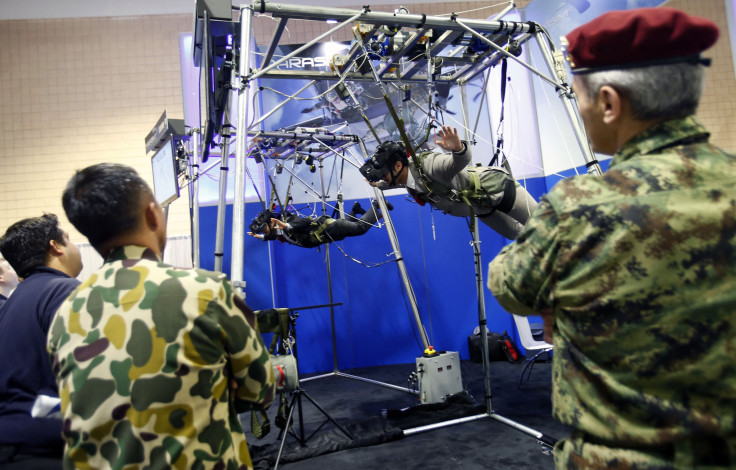USAF Airman Falls Into Gulf of Mexico: Are Training Missions Getting More Hazardous?

The disappearance of a U.S. Air Force airman in the northern Gulf of Mexico on Tuesday points to a disturbing trend plaguing the special operations groups. The sophisticated training methods and the exigencies of immediate deployment have led to a spate of jump-related deaths in the forces in recent years.
The airman belonging to the 24th Special Operations Wing (SOW) fell off a C-130 just south of Santa Rosa Island off the Florida Panhandle during a training session. Coast Guard units have launched a search operation.
Crew members on the aircraft reportedly saw the airman deploying his parachute as he took the 1500-foot plunge. They saw him treading water after the fall but by the time the pilot turned the plane to pick him up, he was not to be seen.
Jump accidents are more common than you might expect in the military, especially in the special warfare or special operations groups. These soldiers are subjected to a training regimen and combat requirements that differ greatly from what the standard soldier, sailor or airman go through.
More than 25 parachute-related deaths have been reported in the last 15 years, according to a report by the Military Times. The accidents reached alarming proportions in 2015 when five soldiers lost their lives while training. Two airmen died in training accidents this year in Idaho and California.
Though the numbers are frightening, the rise could be partly explained by a steady swelling of special operations groups in the military. The number of elite soldiers have almost doubled to 70,000 in 15 years.
There is nothing that appears to be out of the ordinary about Tuesday's accident. The incident is under investigation, 24 SOW said in a statement. The crew account indicated that the airman fell from a height of 1,500 feet, which gives enough room for a chute to open.
The standard parachute requires anywhere between 600 and 1,200 feet of fall to open successfully. A reserve chute that is carried by all troops requires only 400 feet of fall.
Gear failure and parachute problems are very common in this job. In 2015, a Navy SEAL was jumping over Perris, California when his parachute got tangled around him. He deployed his reserve parachute which also got tangled in the main parachute, resulting in the death of the Navy SEAL.
The incident in 2015 led to a stoppage of jumps for three months and sparked an investigation into such incidents. According to the report, accessed by Military Times, the incidents were to be blamed on training issues, complacency and a lack of qualifications. Being a tight-knit group, elite operators seldom speak out publicly.
Adding to the problem is a tendency to frown upon the reporting of safety issues in training. Each unit or group develop their training program, and often corners are cut to increase efficiency and speed up deployability.
Training for these types of jumps and insertions into combat is inherently dangerous. The weight requirements by today's military servicemen when jumping into the field can change the balance of a person jumping off a plane or dangling from a parachute. A shift of a backpack or a gear bag such as a rucksack can tilt the jumper's balance to dramatic effects. Wind and aircraft orientation also play a role.
It's never safe out there.
© Copyright IBTimes 2025. All rights reserved.






















